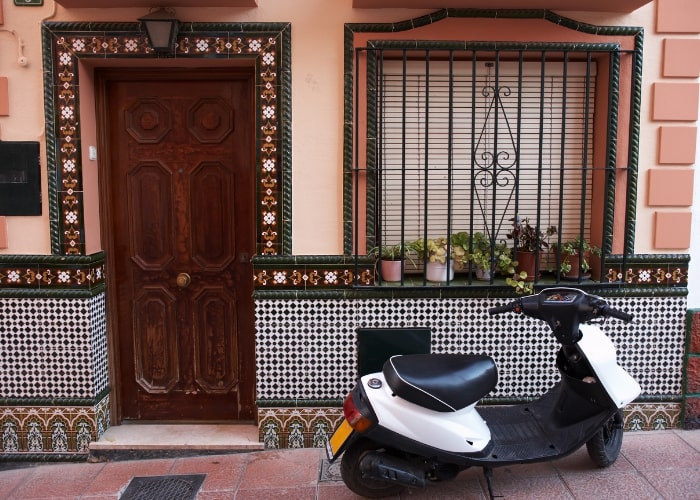Spain has traditionally been a country of owner-occupied properties, but for how much longer? When the property bubble burst, more than 80% of Spanish housing was owned, but since then the Spaniard has slowly but surely started to rent.
Renting in Spain has becoming increasingly popular, and that is evident from the latest figures. Currently, in Spain 76.3% of properties are rented. This is well above Switzerland (42.5%) or Germany (51.5%), countries that traditionally have a rental culture. However, compairing to Romania (96.4%) or Slovakia (91.3%), where buying is still the natural option, the difference remains great.
Impact of the pandemic on the housing market
The pandemic has had an impact on the property market over the past year. And as such prices of Spanish housing have fallen in many cities. However, housing preferences have also changed. Spaniards are now more interested in homes in suburbs, single-family homes or homes with a garden or terrace.
Covid-19 has also curbed the unstoppable trend of rising rents. In cities such as Madrid and Barcelona, rental prices have fallen by 12.6% and 17.3% respectively since May. This is according to data from housing platform Idealista. Likewise, this trend is set to continue into 2021 as already in February, prices fell by an average of 1.2%.
Buying remains more favourable
Rental properties are obviously popular with tourists. However, renting long-term is still not more profitable than buying, according to experts. In general, buying remains a more favourable option than renting. With the exception of specific areas of Madrid, such as the Salamanca district, or regional capitals such as San Sebastian.
Chairman of valuer UVE Valoraciones Germán Pérez Barrio, explains. He analysed mortgage repayments and rental prices in 14 Spanish cities. And said, ‘the conclusion is in Valencia, Zaragoza, Seville, Malaga, Alicante and Murcia buying is a better option. Because in those cities rental prices are much higher than mortgage repayments.’
Spanish housing marketing in Marbella and Benidorm
‘In San Sebastian and Ibiza, it doesn’t seem advisable to buy now. Furthermore, the housing market in Marbella and Benidorm is geared more towards the investor than the resident.
Younger people
For young people in particular, the leap from renting to buying is big. And although buying could mean a reduction in their fixed monthly outgoings: the required 30% equity (the 20% that the bank will not cover plus the costs at the time of purchase) still makes it impossible for the vast majority to buy.
In an extremely strained labour market, with four million unemployed and more than 900,000 on the temporary unemployment benefit ERTE, young people and the over-55s are increasingly excluded. Youth unemployment in Spain has passed 40% and those who do find a job do not have enough savings to pay the initial cost of buying a home.
Call for change
The call for action is growing. Last summer, Banco Santander’s chairman Ana Botin put forward a plan at a business meeting organised by employers’ organisation CEOE. The plan was to lower the threshold for young people under 35 to enter the housing market.
The idea was that young people themselves would only contribute 5% of the value of the home. The bank would then provide a mortgage for the remaining 95%, thanks to a government guarantee of 20% of the loan.
Future law
The government has been debating for weeks how to reduce the escalation of rents in the future Housing Act, a commitment PSOE and Unidas Podemos made in their coalition agreement and in the agreement on the general budget. The purple formation is putting pressure on the socialist wing to introduce a maximum price, but the PSOE is looking for a less legally problematic solution.
Transport Minister José Luis Ábalos announced on Monday that he will submit a proposal that will also cover the regulation of rents in those areas where the market demands it.
Spanish housing mortgage v rental costs
According to UVE’s report, the price of rent in Madrid has dropped to €15.37 per square metre per month in 2020 due to the pandemic. At the same time, mortgage costs have also fallen to €12.42 per square metre per month, assuming 2% interest and an average term of 24 years. In Barcelona, the difference between rent and mortgage payment is even smaller: €15.3 per square metre of rent compared to €13.7 for the mortgage.
Only in two cities is the average mortgage higher than the average rent: San Sebastian (€14.93 against €16.29) and Ibiza (€16.23 against €16.69). In Ibiza, the situation has changed this year due to the pandemic. However, in San Sebastián, the capital of the Basque province of Gipuzkoa, this has been the case since 2017.


